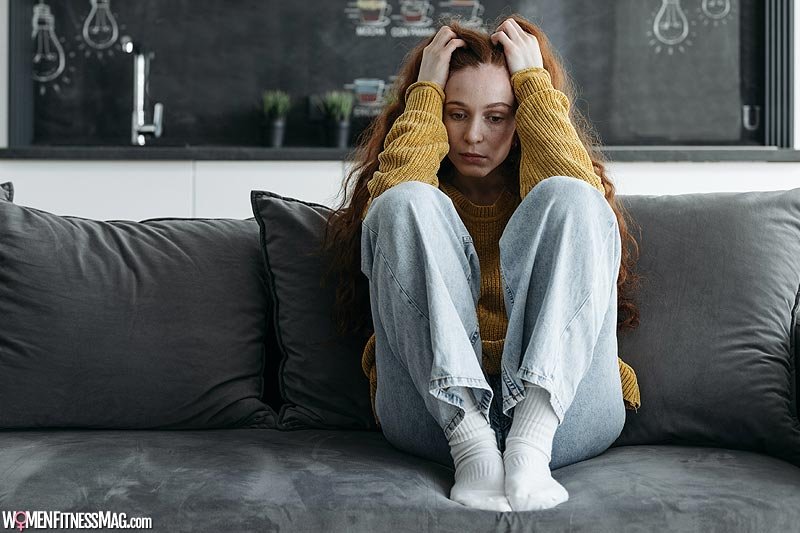Benzodiazepine Abuse Statistics : Recent studies show that benzo abuse is alarmingly common. According to the Substance Abuse and Mental Health Services Administration (SAMHSA), there were an estimated 4.8 million over the age of 12 abusing benzodiazepines in 2020. Women are especially vulnerable to benzo addiction, accounting for 56% of benzo prescriptions filled in 2020.
People are more commonly concerned with opioid abuse. To be fair, opioid abuse is an issue. It’s not uncommon that these two substances to be abused together. In 2020, 16% of overdose deaths involving opioids also involved some sort of benzo. Individuals may be knowingly taking both opioids and benzos, but benzodiazepines have also been discovered in the illicit opioid supplies in many areas.
If you or someone you care about is struggling with benzo addiction, it’s important to get them help as soon as possible. The first step is usually making an appointment with a mental health professional who can provide counseling and support services tailored to the individual’s needs. In some cases, they may also recommend residential treatment programs or medications to manage withdrawal symptoms.
When Benzo Abuse Turns to Addiction
It can be difficult to recognize when benzo use has become an addiction. Some common signs and symptoms of benzo addiction include:
- Difficulty sleeping without benzos
- Using benzos to cope with stress or depression
- Crushing benzos to snort or inject them
- Reduced productivity due to benzo use
- Difficulty paying for necessities due to purchasing more benzos
- Trouble at work, home, or with the law
Addiction means that the individual will continue to use and abuse a substance regardless of the consequences. Basically, their life has become unmanageable. If these behaviors are observed in someone close to you, it’s important to seek professional help as soon as possible.
Common Signs and Symptoms of Benzodiazepine Withdrawal
When benzo use is stopped, the body can experience a range of withdrawal symptoms. These may include:
- Agitation or irritability
- Profuse sweating
- Insomnia
- Headaches and dizziness
- Confusion and disorientation
- Nausea and vomiting
- Tremors and convulsions
- Seizures
Research shows that women may be particularly vulnerable to benzo addiction due to hormonal differences. Women tend to become addicted faster than men, with a greater likelihood of developing physical dependence even at low doses for shorter durations of use. Additionally, women are more likely to suffer from benzo-related side effects such as cognitive impairments compared to their male counterparts.
The process to get help for benzo addiction typically begins with a referral from a primary care physician. The patient will then be evaluated by an addiction specialist and given personalized treatment plans, often including medication-assisted therapy (MAT). Depending on the severity of their addiction, they may also be required to attend a residential benzo detox and rehab program that focuses on behavioral therapies such as cognitive-behavioral therapy (CBT).
Getting Help for Benzo Abuse and Addiction
Overall, benzodiazepine abuse is a serious problem that affects many people, especially women. With the right support and treatment plan in place, however, recovery from benzo addiction is possible. If you have any concerns about benzo misuse or abuse, please reach out for help today.
Related Infographics:

Related Videos about Benzodiazepine Abuse Statistics :
Benzodiazepine Abuse Statistics
benzodiazepines, benzodiazepine prescription rates, safest benzo for long-term use, benzodiazepine dependence ppt, benzodiazepine use by country, benzodiazepine use in the united states, risk factors for benzodiazepine dependence, how to avoid benzo addiction,




